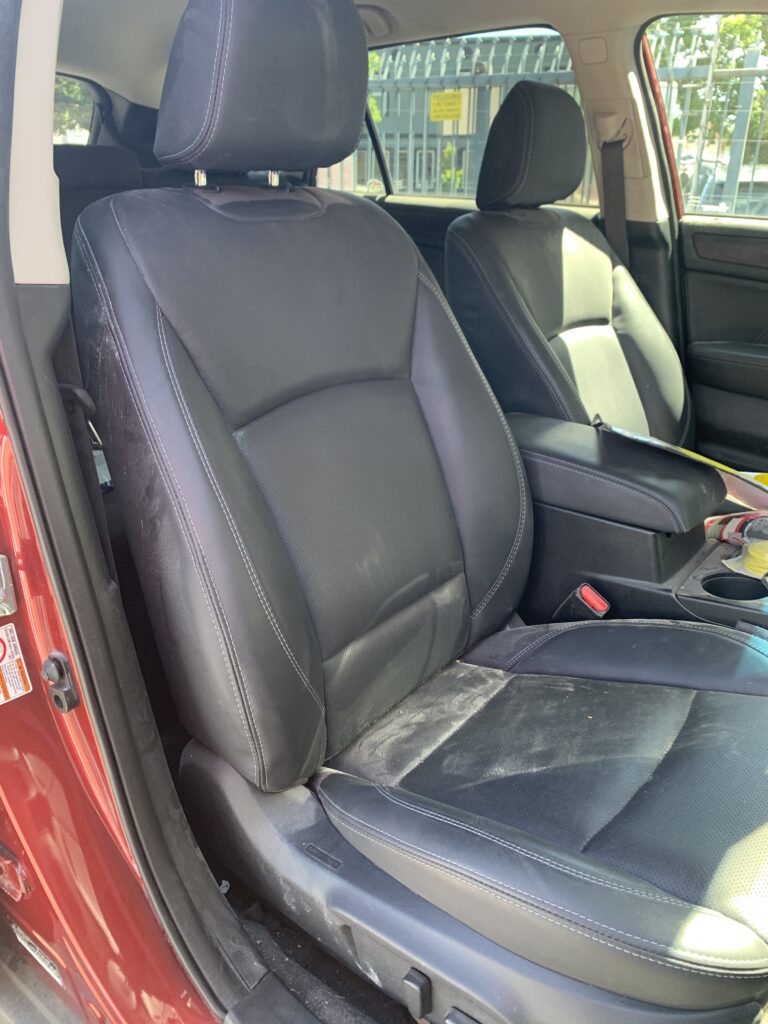Factory Reset uses officially licensed Subaru software (SSM 3 & 4 w/ Denso DST-i), calibration equipment, and uses statements from the Subaru Technical Information System to justify calibrations
For model years 2004 and up, Subaru collision repair procedure requires both pre and post repair scanning
Source: Subaru Position Statement
Common Subaru ADAS Systems
Seat Weight Sensor (Occupant Detection)
Vehicle Dynamic Control (VDC) Sensor Adjustment
EyeSight Calibration
The EyeSight system, located at the top of the interior windshield, is a stereoscopic camera designed to provide the driver with adaptive cruise control, lane departure and sway warning with lane keep assist, pre-collision throttle management, and pre-collision braking. Because of the amount of systems that depend on this system, it’s important that it be calibrated whenever the following procedures are performed.
When to perform EyeSight Calibration

- After a windshield or camera replacement
- Lane keep memory needs to be cleared after alignment or suspension work
Blind Spot Calibration
Blind Spot detection uses radar sensors, often mounted on the rear quarter panels, to provide alerts and feedback when other vehicles are outside of the view of mirrors. Indicators on either mirror and audible alerts are used to warn the driver of possible conflicts. Blind Spot monitors are also used for cross traffic alerts (rear vehicle detection commonly used when backing out of parking spots).
When to perform Blind Spot Calibration

- After removal/installation or replacement of the radar sensor or bracket
Occupant Detection
The Occupant Classification System (OCS), located in the passenger seat(s), is a sensor that uses weight to determine if it is occupied and then enables the supplemental restaint system (SRS) to deploy airbags and/or restrict movement of the seatbelt during a collision.

- When removing the occupant detection system or dissembling the passenger seat
VDC Sensor Adjustment
Vehicle Dynamics Control has a multitude of components, Traction Control, Electronic Stability, Limited-Slip Device, Anti-Lock Braking System (ABS), Electronic Brake Force Distribution (EBD), and Brake Assist. When controlled as a system, they can help to control the vehicle from adverse conditions and inadvertent skids. These rely on a series of sensors that need to be adjusted if the vehicle alignment ever changes.

- After an alignment
With our access to Subaru Select Monitor 3 & 4 and Subaru Technical Information System, we are also able to provide other various calibrations/programming as well as raw data performance readings and latest repair procedures on all modern Subaru vehicles.
